0
Your cart is empty. Let's change that!
Shop our productsOops! Something went wrong while submitting the form.

Picking the right feeder system can feel overwhelming, but it’s one of the most important choices you’ll make for your process. In this guide, we’ll walk you through the real-world differences between linear and circular motion feeders so you can confidently choose what works best for your operation. Let’s make this decision easy and stress-free.
Picking the right feeder system? Big decision. It can make or break your process flow.
At Best Process Solutions (BPS), we get it. This stuff matters. And we’ve been around the block with custom gear for recycling and bulk material handling.
So we’re laying it all out for you. The key differences between linear motion feeders and circular motion feeders.
Think of it like a dance off. Linear feeders move in a straight line — sharp, controlled, to the point. Circular ones groove in circles — smooth, space-saving, and a bit more laid back.
We break down everything from how they move, how much they hold, how much juice they use, how cleanly they screen, and how often you’ll need to fix them.
By the end, you’ll know which one suits your job best. No jargon. No confusion. Just the right choice for better results — especially when you want to get feeder motion right without the guesswork.
Best Process Solutions (BPS) builds smart machines that move, shake, and sort stuff so your job gets easier. We help people in recycling and bulk material handling keep things flowing smoothly, no matter the mess — even in tough industries like mining.
We’re all about innovation, quality, and making your job less of a headache. Our gear is custom-built to fit your exact needs, whether you're digging rocks out of a quarry or handling minerals like a pro.
From vibratory feeders that keep your lines running steady, to screening tech that filters out the good stuff fast, our machines are made to boost productivity in all kinds of industries — mining, coal, food processing, even pharmaceuticals.
At BPS, we do not just build machines. We build reliable solutions that help you run your operation like a well-oiled machine, cut down on energy use, and keep up with the rough demands of industries like mining and food production.
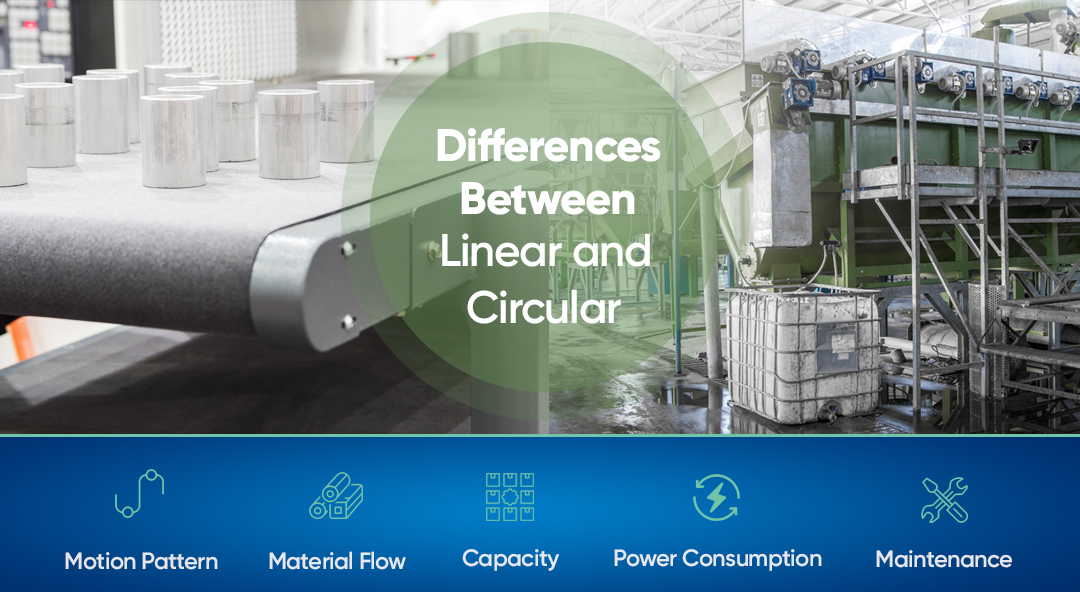
If you’ve ever stared at a feeder wondering why it’s moving like it’s on a mission or doing a little jig, this is for you. Linear motion feeders and circular motion feeders are like the tortoise and the hamster wheel.
Same goal — move material — but totally different vibes.
Knowing the difference is a big deal if you want to crush it in mining, food, pharma, or even car production. Because the wrong choice could mean slower production, messed-up material flow, or a machine throwing a tantrum. Let’s unpack the drama between linear versus circular feeders.
Less science class, more real talk.
How these things move says a lot about what they’re good at. Linear feeders go in a straight line like they’re on a treadmill — no curves, just vibes. Perfect if you need speed, accuracy and long-distance material throwing. Think assembly lines, factories, and anywhere someone’s yelling “faster!”
Circular feeders spin around like a polite washing machine.
They’re great for spreading out chunky stuff and sorting things gently.
Think gravel, sand or anything you don’t want flinging across the room.
Flow is where the magic (or mess) happens. Linear feeders are all about precision and order — like Marie Kondo for materials. Stuff moves neatly, no chaos, perfect for separating things by size or weight. Circular feeders keep it chill. Smoother flow, less shake, less drama. Great for fragile items or materials that fall apart if you even look at them wrong.
Got a mountain of stuff to move? Go linear. These things gobble up heavy loads and keep the line moving. Especially handy in automotive factories or when you need nonstop action. Working with dainty stuff or tiny pills? Hello circular feeder. They’re slower, but they treat your materials like royalty. Perfect for pharmaceuticals or precision parts like metal caps.
Let’s talk energy bills. Linear feeders are strong, but they eat up more power. Big muscles, big appetite. Circular feeders are more economical. Less load, less energy, less money spent.
Basically, they’re the hybrid cars of the feeder world.
Bonus: Less energy means less wear and tear on your gear.
Let’s be real. Nobody loves maintenance. Linear feeders need more TLC. They’ve got more moving bits, which means more stuff can go wrong. Cleaning, greasing, inspecting — it’s a full-time relationship. Circular feeders are the low-maintenance friend.
Simple design, fewer breakdowns, and less cleaning.
Choose wisely and your maintenance team might actually thank you.
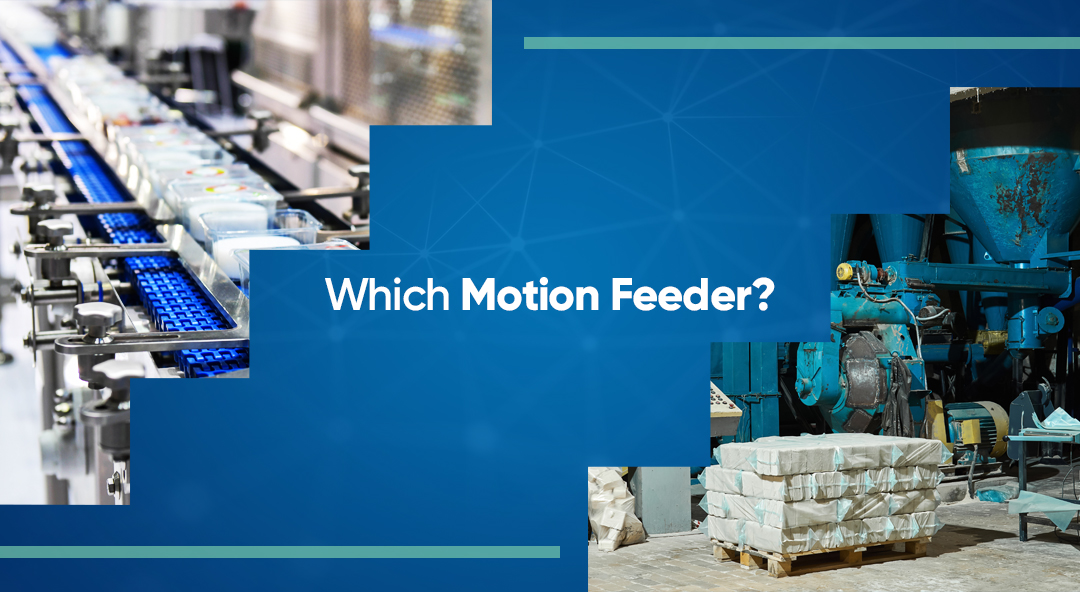
Stuck choosing between linear or circular feeders?
Welcome to the feeder showdown. It’s like choosing between tea or coffee. Both get the job done. But one might fit your setup better. If you’re dealing with wet screening, energy use, or want something that screens like a champ, read on. Your industry matters too. What works for quarrying might flop in pharma. Picking the right motion feeder from someone like Puzzolana is like picking the right shoes for a marathon. Fit is everything. Look at the material type. Think about the speed you need. Check your space. Mind your noise levels. And of course, your wallet.
Whether you go with Gough’s linear feeders or a circular model that spins smoother than your office chair, this guide breaks it down to help you pick what works best for you.
This is a biggie. What you’re feeding through the system decides what feeder you need. Granules or powders? Go linear. Think pharmacy. Tiny things that need order. Handling chunky or fragile stuff? Like rocks or recycled materials? Go circular. It’s gentler. Less breakage. Fewer tears.
Key differences:
Use linear if you're in:
Use circular if you're handling:
Need speed?
If your line moves like a Formula 1 pit stop, you need a feeder that can keep up.
Linear feeders keep materials flowing fast and steady. Great for car factories where one delay ruins everything.
Circular feeders are better if your materials change a lot. They’re flexible. They vibe with food processing lines where no two things are the same size.
No room to swing a cat? Then size matters. Seriously.
Linear feeders need more space. Like a bowling lane.
Circular feeders are compact. Think of a turntable at a party. Spins smooth and fits in tight corners.
Some industries prefer one over the other:
Loud feeders are like loud colleagues. Annoying. Distracting. Draining.
Linear feeders are noisier. They thump. They vibrate. Might need earplugs.
Circular feeders are quieter. They hum like a meditation track.
If you’re working in a lab or a chilled-out food factory, silence is golden. Go circular.
Let’s talk money. Because it always comes down to that.
Linear feeders cost more upfront. More parts. More tech. More to maintain.
Circular feeders are usually cheaper. Fewer moving parts. Less fuss. Less fixing.
Over time, circular feeders can save you a ton. Especially if you’re not keen on surprise repair bills.
So, what’s the verdict?
Think about what you’re feeding. How fast. How loud. How tight your space is. And what your wallet can handle.
Because choosing the right motion feeder makes all the difference.
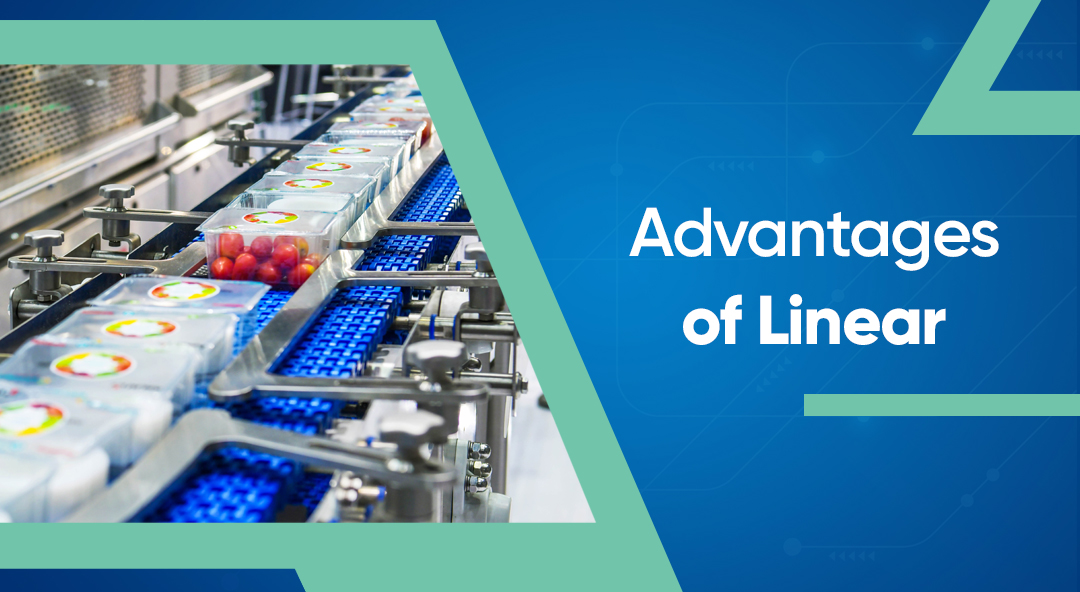
Linear motion feeders? Yeah they’re kind of a big deal.
If you want control over how your materials move, these are your new best mate.
Pinpoint accuracy means no random clumps of stuff clogging the system.
Everything flows how it should.
Smooth. Steady. Like a sushi conveyor belt but for hardcore industrial gear.
And if your job needs things done fast?
These feeders don't mess about.
High speed. High output. Low drama.
Perfect for when you’ve got deadlines breathing down your neck.
Speed matters. Especially when you’ve got a mountain of materials to shift.
Linear feeders smash it with their super-fast feed rates.
Think Usain Bolt but with bolts. Or rivets. Or whatever you’re moving.
They're built for nonstop action in high-pressure places.
Like car factories where a 10 second delay = a manager losing their mind.
Or food production lines where the sauce cannot stop. Ever.
Or pharma plants where every pill is on a mission.
So yeah, high feed rates are the unsung heroes of production floors.
Linear feeders don’t just fling stuff around like a toddler with spaghetti.
They’ve got finesse. Laser-level control.
Every bit of material goes where it’s meant to go, exactly when it should.
No guesswork. No waste. No tears.
Whether you’re working with bolts, biscuits or blister packs – timing is everything.
And consistency? Total chef’s kiss.
Companies like Puzzolana and Gough Engineering get it.
They know why it matters.
It’s the little things, done right, that make a big impact.
Maintenance? What’s that?
Linear feeders barely know her.
Fewer parts. Fewer breakdowns. More time actually getting things done.
No more engineers camping next to the machine 24/7.
And when something does need a tweak? It’s easy.
Quick checks. Simple fixes. Back to work before anyone notices.
One plant switched to linear feeders and cut downtime by 30 percent.
That’s not small change.
All in all, it’s like switching from a drama-filled old car to a reliable electric one.
Just... works.
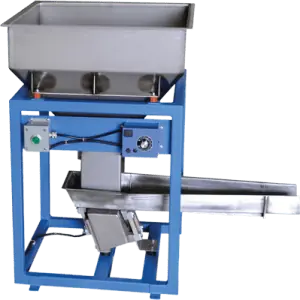
Upgrade your workflow with Electromagnetic Vibratory Feeder —precision-built for quality and performance.
Learn More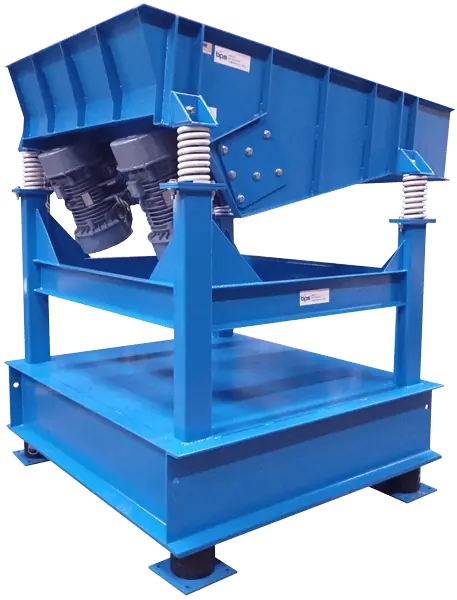
Get dependable, high-performance Pneumatic AFL Air Feeder crafted for modern manufacturing and processing needs.
Learn More
Get dependable, high-performance Rotary Electric Feeder crafted for modern manufacturing and processing needs.
Learn More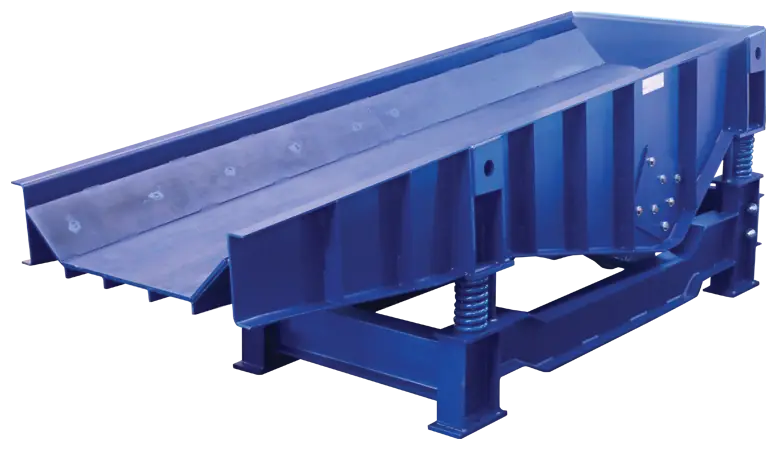
Streamline your operations with Undermill Feeder, designed for industrial reliability and engineered by experts.
Learn More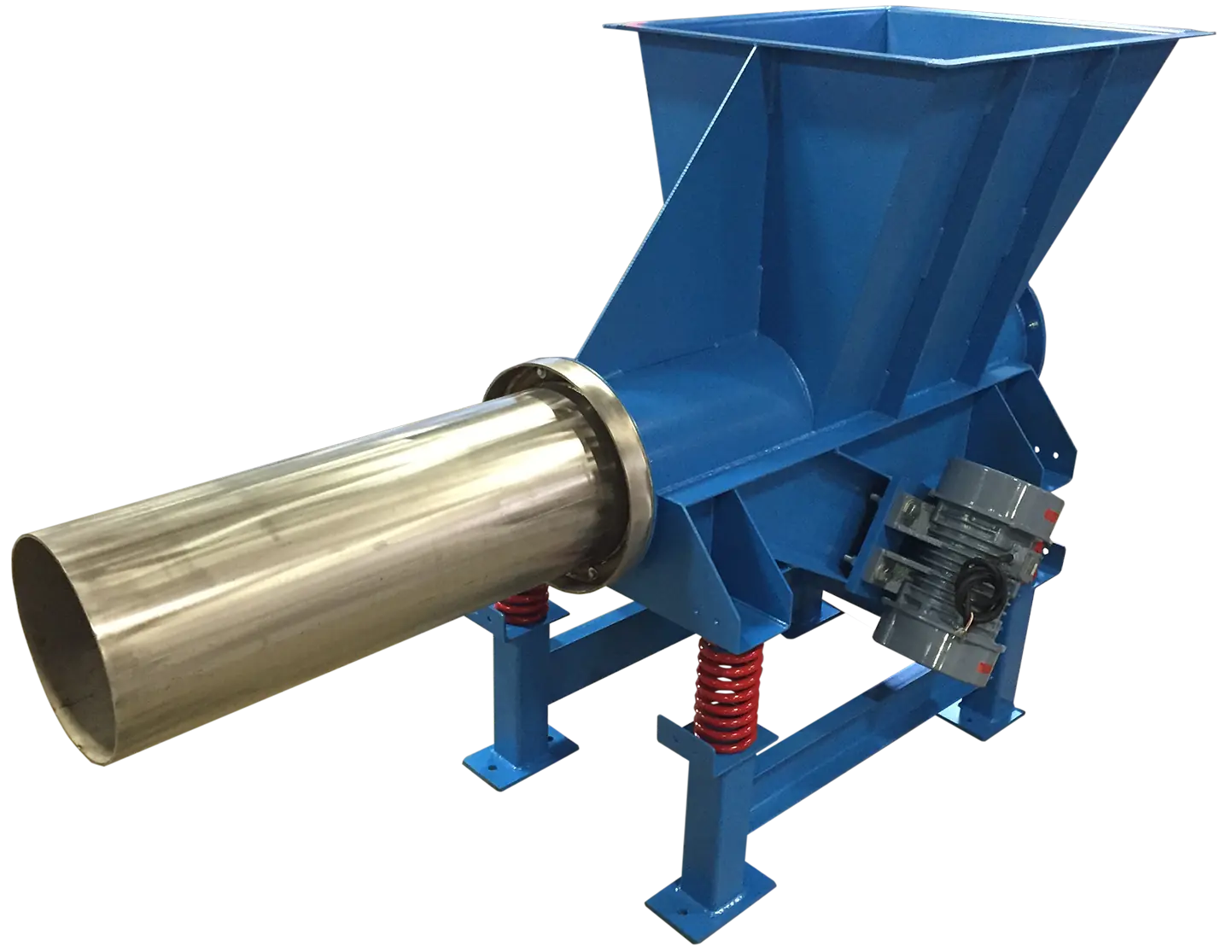
Get dependable, high-performance Vibratory Tube Feeder crafted for modern manufacturing and processing needs.
Learn More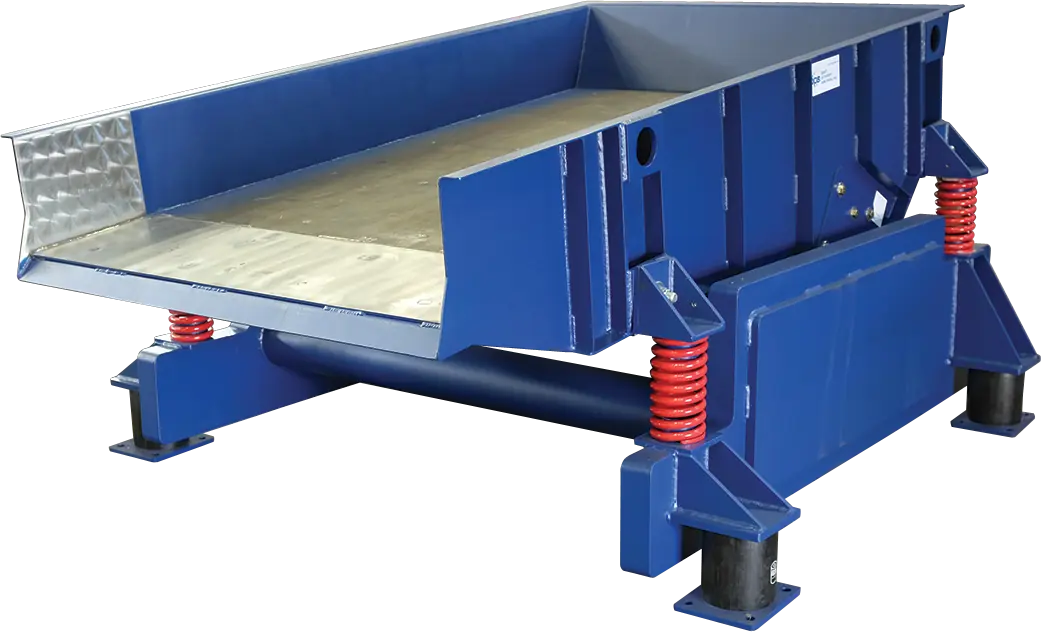
Streamline your operations with Pan Feeders, designed for industrial reliability and engineered by experts.
Learn More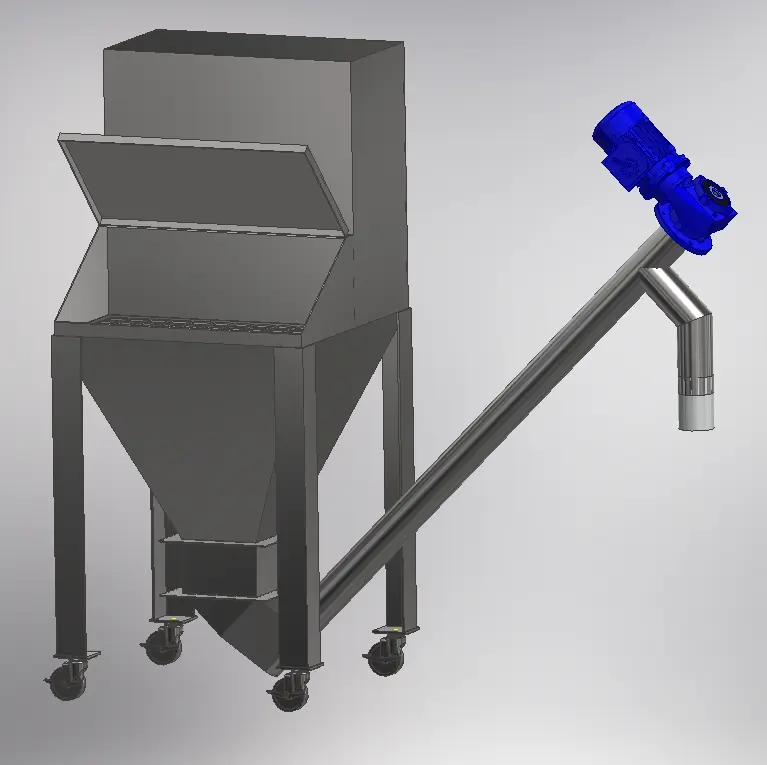
Streamline your operations with Magnet Feeder, designed for industrial reliability and engineered by experts.
Learn More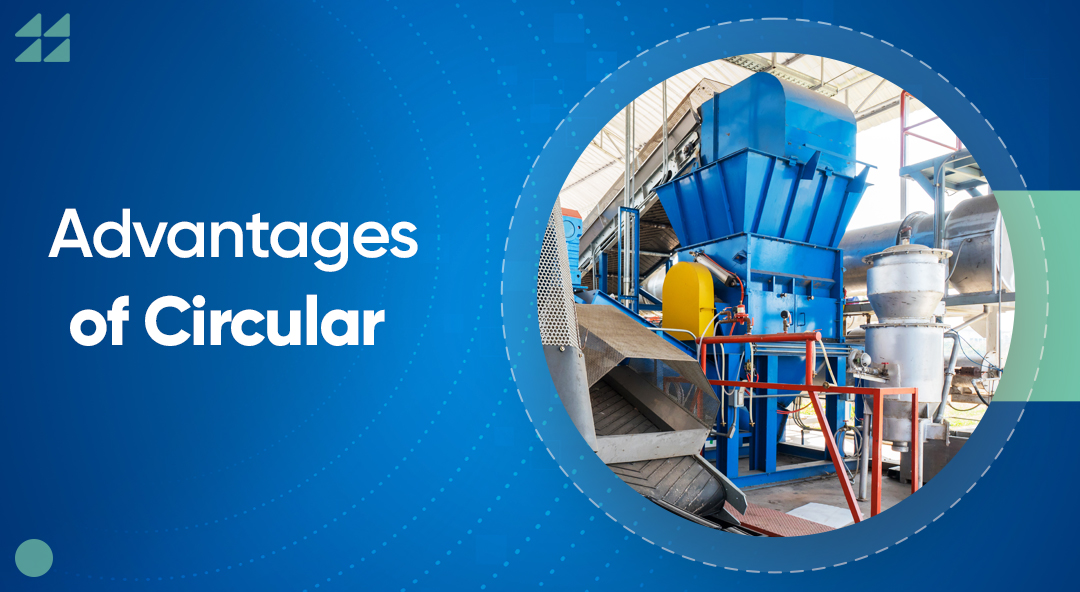
Let’s talk about circular motion feeders. These beauties are a game-changer when it comes to moving stuff around without smashing it to bits.
If you’re dealing with fragile bits and bobs, these feeders are your best mate. They're known for their super gentle touch and they don’t guzzle electricity like your teenager’s gaming setup. So yeah, they're pretty smart when it comes to saving cash and avoiding drama.
Bottom line? If you want your gear to run smooth without wrecking your materials or your energy bill, you need to give circular feeders a serious look.
This is where circular motion feeders really shine. They're like the soft-spoken bouncers of your production line. Tough, reliable, but surprisingly gentle with delicate materials.
Think of it like moving marshmallows without squishing them. Yeah. That level of care.
Let’s break it down:
End result? Less waste. More smiles. And a production line that doesn’t need a therapy session every Friday.
Now let’s chat about energy bills. Circular feeders are basically the Prius of the production world. Quiet. Efficient. Kind to your wallet. They're designed to use just the right amount of juice. Not too much. Not too little. Just enough to get the job done like a boss.
Why it matters?
Basically, they keep everything humming along nicely without turning your meter into a spinning blur.
Circular motion feeders aren’t picky. Throw almost anything at them – chunky rocks, fine powders, or fragile capsules – they’ll handle it with style.
They’re the Swiss Army knife of feeders. Ready for whatever your factory can dish out.
These feeders are flexible, reliable, and they don’t throw tantrums when the workload changes. That’s the kind of kit you want on your team.
Choosing between a linear or circular motion feeder feels a bit like picking between pizza and tacos. Both are great. Both get the job done. But they work better in different situations. Linear feeders are the marathon runners. Slow. Steady. Precise.
They’re perfect when you need accurate feed control over a long stretch.
Less drama. Less breakdown. Just straight-line vibes.
Circular feeders are the sprinters. Fast. Compact. Always in a rush. If you’ve got tight space and big volumes, they’re your best mate.
Want to save time and money?
Match your feeder to your material and flow style.
Here’s the cheat sheet:
When you get the right feeder, you’re not just feeding material
You’re feeding productivity. Stability. Growth.
And if it’s from someone like Best Process Solutions, even better.
Here are some common questions. Please contact us if you have a question we didn't answer.
Linear feeders shake in a straight line. Circular feeders go round and round. It’s like comparing a slide to a merry-go-round. Same playground. Different ride.
Circular feeders. They don’t mess about. Great for big jobs that need speed and constant flow. Think conveyor belt on caffeine.
Short answer: No. Long answer: Absolutely not. Each has its strengths. Swapping them is like trying to use a spoon as a fork. Wrong tool. Wrong job.
Material type. Feed rate. How precise you need it. Size of stuff. Layout of your space. And whether you like your machines chill or chaotic.